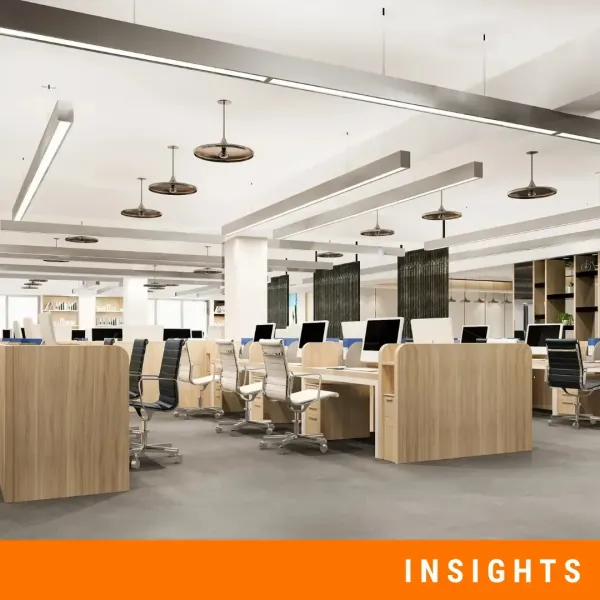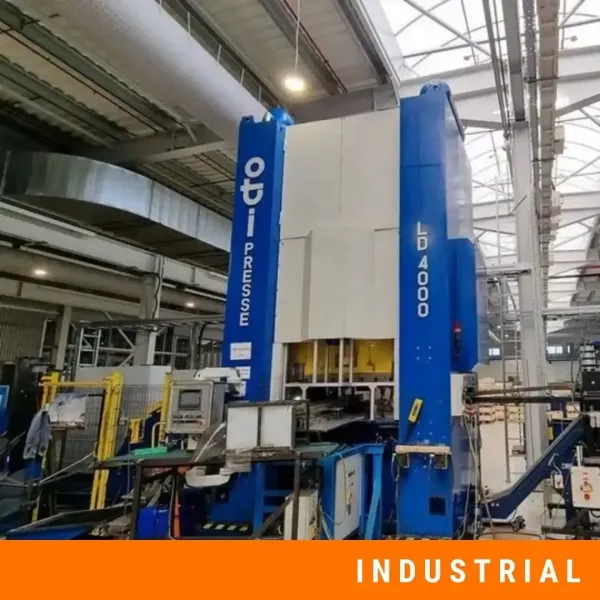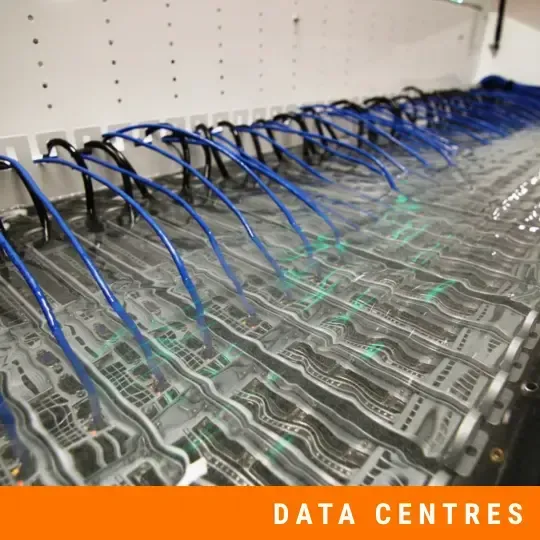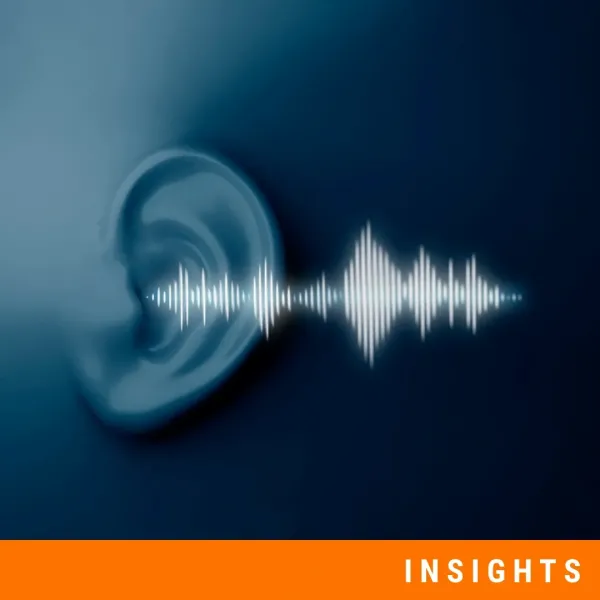The Silent Threat to Data Center Hardware
Every data centre manager monitors heat, humidity, and dust with precision. These are well-known enemies of hardware longevity. But there’s another factor that is unfortunately harder to see, measure, or even notice day to day. And that is acoustic noise.
Fans, chillers, pumps, and generators create a constant backdrop of sound and vibration. At first, it feels like nothing more than an annoyance. Yet over time, these vibrations travel into server racks, loosen components, and shorten the service life of mission-critical hardware. The damage builds slowly until the first unexpected failure forces expensive and time-consuming repairs or even replacements.
Let’s learn how unaddressed acoustic noise silently wears down hardware and which solutions can protect your systems and extend their lifespan.
Why Noise and Vibration Are Overlooked
Acoustic stress builds gradually, unlike a cooling failure, which triggers alarms and demands immediate action; vibration does its work quietly over months or years. By the time it causes visible faults, loose screws, failing drives, or server crashes, the connection to noise is no longer obvious.
Another reason is perception. Noise is often dismissed as a comfort issue for technicians rather than a reliability issue for hardware. Yet studies have shown that hard drives exposed to acoustic shocks can experience read and write errors long before their expected end of life.
This blind spot leaves data centres vulnerable and by underestimating the impact of noise, facilities risk higher failure rates, unplanned outages, and shorter equipment lifespans.
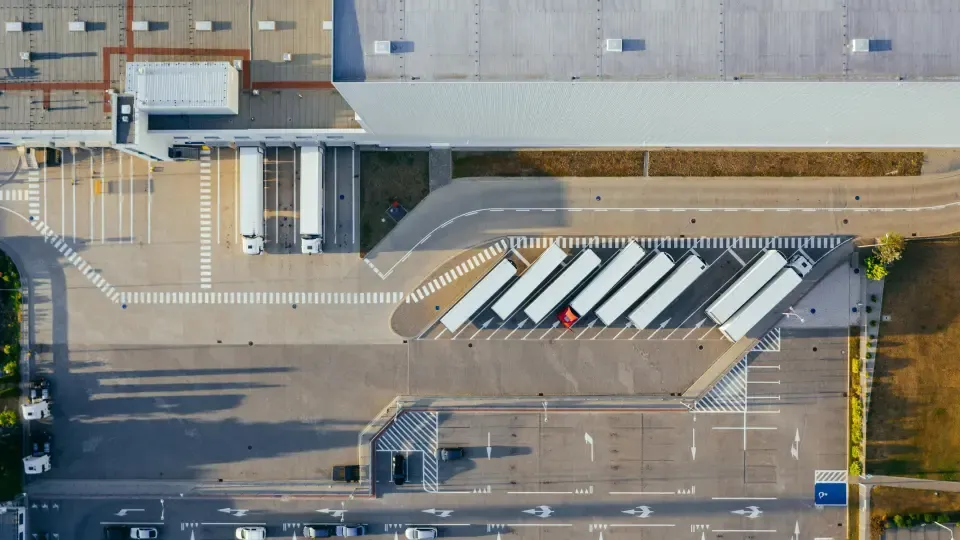
How Noise Damages Hardware Over Time
Noise in a data centre carries energy, and that energy transfers into sensitive hardware components, causing subtle but constant stress. Over months or years, this wear leads to failure.
Mechanical Stress on Sensitive Components
Vibration loosens connections and accelerates fatigue in moving parts.
- Hard disk drives (HDDs) are especially vulnerable: acoustic shock or constant vibration can lead to head misalignment, read errors, or worst-case scenario - permanent damage.
- Fans and small motors wear out faster when exposed to resonance from nearby equipment.
- Printed circuit boards can develop micro-cracks when exposed to constant structural stress.
A Google-backed study on hard drives confirmed that environmental factors beyond temperature, including vibration, are connected with higher rates of failure.
Masking Early Warning Signals
Noise also hides the clues that operators rely on to spot problems early.
- Irregular fan speeds, rattling bearings, or drive whine are often drowned out by continuous background noise.
- Without these noticeable cues, small mechanical issues go under the radar until they turn into full equipment failure.
Noise hides the evidence of that wear, making failures both more likely and harder to predict.
Common Culprits Inside Data Centers
Not all noise is the same, and some comes from obvious sources like servers or generators, while other vibrations travel silently through the building. Together, they create an acoustic environment that slowly wears down hardware.
Server Fans and Airflow Systems
Imagine standing between two full racks of servers at peak load. The whir of hundreds of fans creates a constant 60-75 dB background. To a technician, it feels like a loud office, and to the hardware, it’s a continuous vibration that never stops. Over the years, this continuous pressure makes the connections looser and increases wear on any spinning components in the machines.
Cooling and Power Equipment
Cooling systems are vital for survival, but they are also some of the worst cases of vibration. CRAC units, chillers, and pumps generate low-frequency noise that travels through the floor and into nearby racks. UPS systems and backup generators, when active, can push noise levels above 80 dB. Every time a generator test runs, the entire room vibrates, adding stress to the equipment.
Structural Transmission
Some of the most damaging noise is invisible. Heavy equipment mounted on a shared slab sends vibration through the building’s structure. Even racks located far from the source can experience resonance effects, where specific frequencies increase stress on the boards.
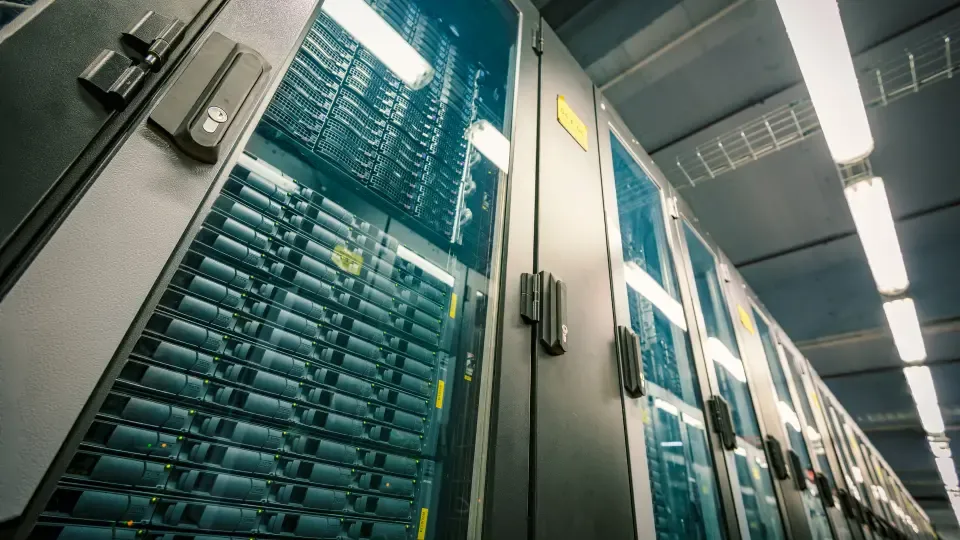
The Cost of Doing Nothing
Acoustic noise rarely causes an immediate breakdown; instead, it chips away at hardware reliability until the consequences show up in the balance sheet. Facilities that underestimate noise face two major risks such as shorter hardware lifespan and expensive downtime.
Shortened Hardware Lifespan
Servers, storage arrays, and power systems are all designed with an expected lifecycle. But in noisy environments, components can fail years earlier than planned.
- Hard drives may show higher error rates.
- Fans wear out faster, demanding earlier than planned replacement.
- Racks and mounts loosen over time, putting stress on connected systems.
The result is more frequent and more expensive upgrades, long before they were planned in the budget.
Downtime and Recovery Expenses
Noise and vibration also increase the risk of sudden outages in the facility. According to the Uptime Institute, vibration-related faults contribute to up to 50% of unexpected failures in mission-critical environments.
When downtime happens, the costs go beyond repairs. Facilities face issues, such as:
- Lost service availability and customer trust
- Emergency maintenance fees
- Revenue losses from SLA penalties
In other words, ignoring noise increases long-term operating costs.
Acoustic Solutions That Protect Hardware Longevity
Noise control in data centres is both about the comfort of your technicians and about protecting millions in hardware investment. By lowering both airborne noise and structural vibration, operators can extend the life of critical systems and avoid unnecessary replacement cycles.
Structural Noise Isolation
Heavy equipment like chillers, pumps, and generators should never transfer their vibration into the IT floor. Installing SMR spring mounts or anti-vibration pads isolates these machines from the structure, preventing stress from travelling into racks and sensitive electronics.
Acoustic Treatment in Server Rooms
Server rooms benefit from stabilising the acoustic environment. PZP™ acoustic panels and mesh panels absorb reflected noise and reduce reverberation, creating a more controlled environment for both technicians and hardware. By lowering background sound pressure, they also make it easier to detect early warning noises from failing components.
Zoning High-Noise Areas
Separating mechanical spaces from IT spaces reduces exposure. Acoustic partitions, enclosures, and sealed penetrations ensure that the noise generated by cooling and power equipment does not reach critical servers. This approach protects the most valuable assets from the most aggressive noise sources.
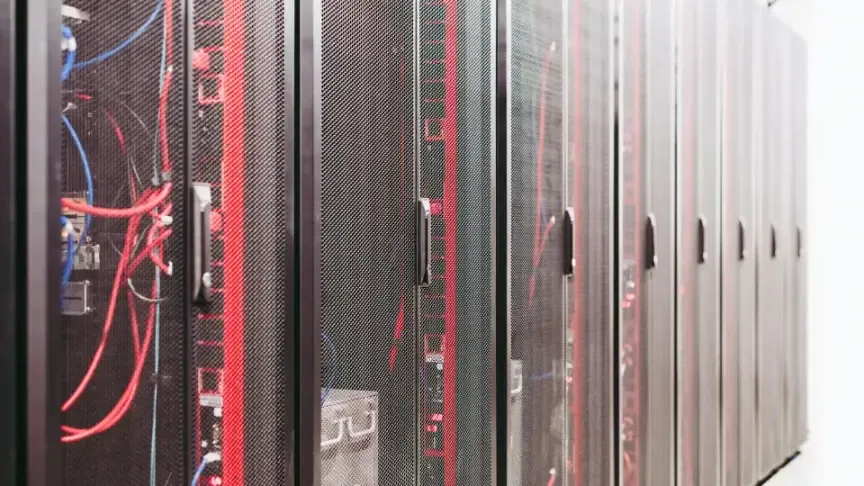
Why Acoustic Noise Control Is a Smart Investment
By implementing professional acoustic treatment, operators protect their equipment from hidden stress, extend hardware lifespan, and reduce unplanned downtime. The cost of treatment is only a fraction of what a single premature hardware replacement or outage might demand.
DECIBEL provides custom acoustic and anti-vibration solutions designed to protect data centres from these risks.
Contact DECIBEL today to safeguard your hardware longevity and secure the future of your facility.
